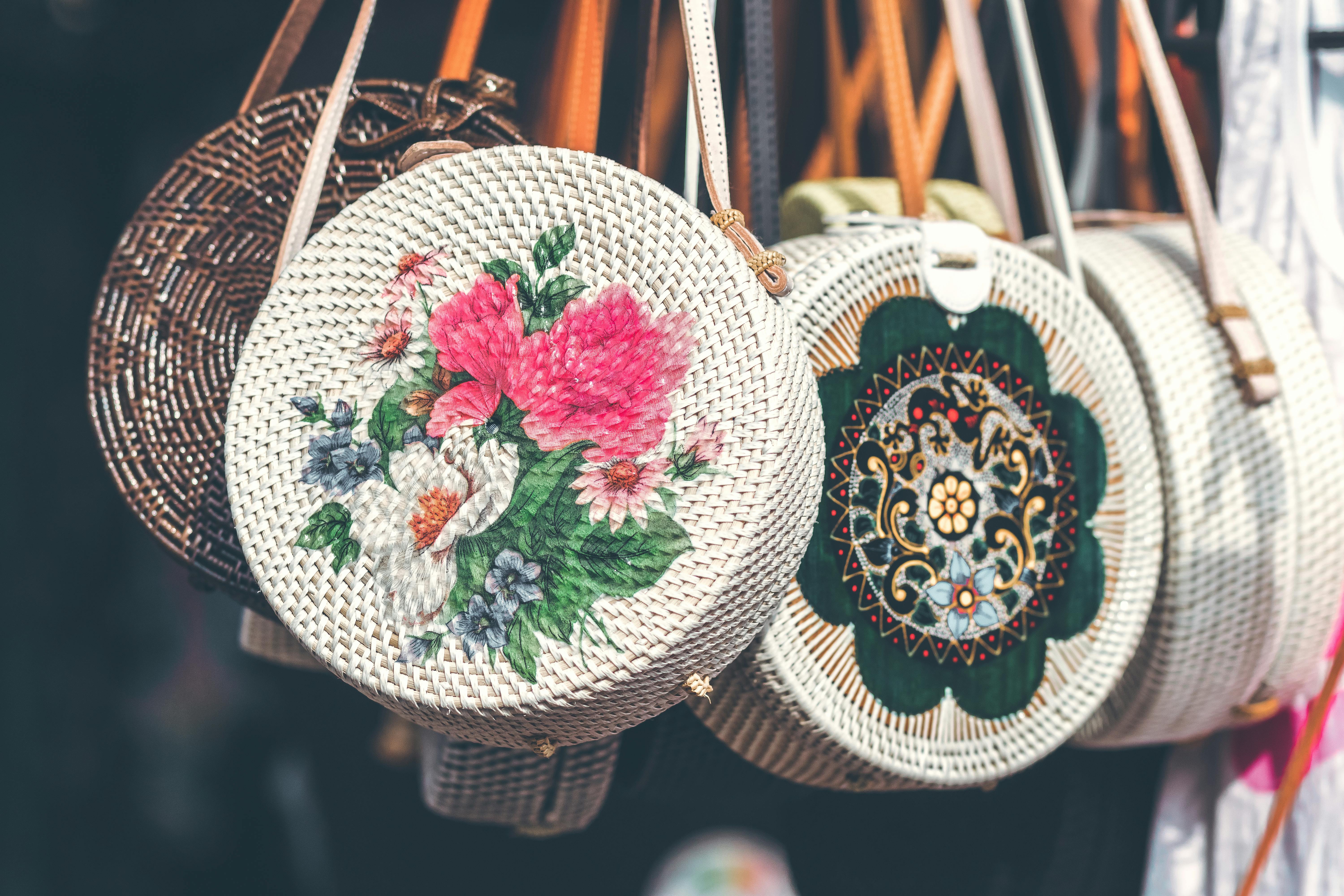Is this watercolor? I am often asked. It seems that the oils are so good!
I am often asked what colors I use to create my luminous and transparent reality. It is not a simple answer. But one of the main reasons my work seems like the subject has presence is because I use a multi-layered technique with transparent or semi-transparent watercolor.
Why?
Because they allow our paintings to shine. Think of several thin layers of color, laid one on top of the other. Each will be influenced by those below them. The final color shines like a jewel because the colors are not stained by opaque pigments.
I will share my magic palette of shades below. But first, let me explain a very important factor when choosing pigments: not all shades are the same! Colored houses often use the same names for very different colors. They are not interchangeable. For example, Indian yellow in one brand is very opaque, but in the brand I use, it is very transparent. Transparent colors are crucial to the success of a pristine color with my methods.
These are Schmincke colors and available at many of the big art supply stores:
1. 208 Aureolin Modern
2,220 Indian yellow
3,218 Translucent orange
4,363 Scarlet Red
5,357 Alizarin Crimson
6,351 ruby red
7,367 Purple Magenta
8. 484 Phthalo blue
9,494 Ultramarine Finest
10. 519 Phthalo green
11. 530 sap green
12. 787 Paynes blue-gray
These can be purchased individually or in a set that should be available in November 2009.
I have some favorite mixes that I like to share on my DVDs and also with those from my workshops:
To create a gorgeous Sap Green:
Mix Sap Green with Translucent Orange = fabulous green, clean, fresh and very transparent.
To create a bright purple:
Thalo Green and Purple Magenta = stunning clean purple ideal for floral studios
To create a rich dark luminous transparent black:
Mix Alizarin Crimson with Thalo Green – add a hint of Thalo Blue
If your color is too garish or you just want gray if it’s slightly off, just mix in a splash of the complementary color and voila, you’ve got the perfect subdued color, which juxtaposed with other bright colors, will allow you to really sing.
You can tone down a color to create a beautiful gray, simply by adding more of the complementary color to a shade.
Complementary colors:
-Orange blue
-Blue Orange
-Red Green
-Green red
-Purple / Yellow
-Yellow purple
By using transparent colors you will not create mud. You can create browns and earth colors that will resemble clay in tone, but will always shine beautifully from within.
Try my palette and you will see what I mean.
Have fun!
